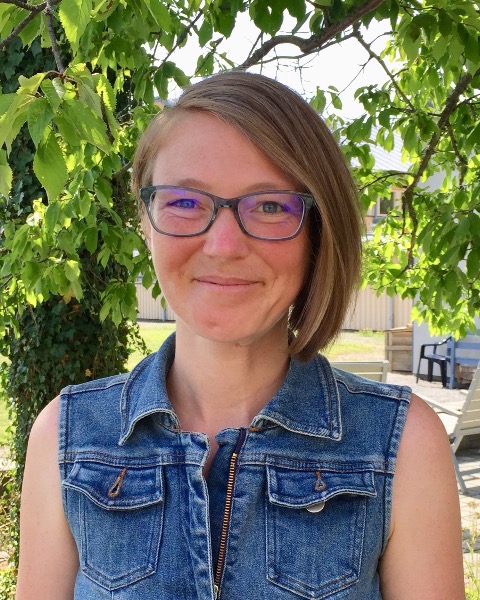10-Minute Paper
Plant-Insect Ecosystems
Beyond categories: Remote sensing clarifies mechanisms by which mirid pests benefit from non-crop habitat

Sara Emery (she/her/hers)
Assistant professor
Cornell University
Geneva, New York- JR
Jay A. Rosenheim
Professor
University of California
Davis, California - RC
Rebecca Chaplin-Kramer
World Wildlife Fund
Berkeley, California - DK
Daniel Karp
University of California
Davis, California
Presenting Author(s)
Co-Author(s)
Predicting when and where crop pests are likely to outbreak is essential for reducing pesticide application rates. Landscape ecologists have long suggested that pest abundances increase in simplified, monoculture landscapes. However, tests of this theory often fail to predict pest population sizes in real-world agricultural fields. We used 1487 field-year observations of Lygus hesperus (Western Tarnished Plant Bug) densities in California cotton fields to determine whether integrating remotely-sensed metrics of vegetation productivity and phenology into pest models could improve pest abundance analysis and prediction. Because L. hesperus overwinters in non-crop vegetation, we predicted that pest abundances would peak on farms surrounded by more non-crop vegetation, especially when the non-crop vegetation is productive but dries down early. This causes the pest to disperse into cotton fields during the early period of crop vulnerability. We found Lygus densities were higher on farms surrounded by more non-crop vegetation that is more productive (higher Enhanced Vegetation Index area) and experiences dormancy earlier in the year. Models predicted Lygus densities were 15 times higher on farms surrounded by high versus low productivity non-crop vegetation and 2.5 times higher when dormancy occurred earlier versus later in the year. Finally, we found that integrating these remote-sensing variables into landscape models provided more accurate predictions of pest densities in cotton compared to models with categorical land cover metrics alone. Together, our work suggests that remote sensing variables can simultaneously advance our understanding of pest ecology and bolster the accuracy of pest abundance predictions.

.png)
